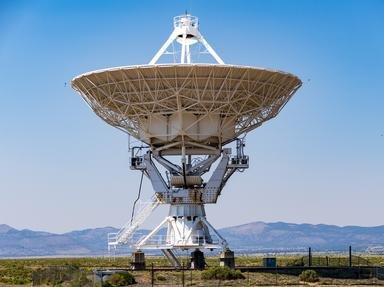Quiz Answer Key and Fun Facts
1. The Sun is known to be what type of star?
2. Which planet is considered to be Earth's twin?
3. The Earth orbits the Sun once in exactly 365 days.
4. Do all four gas giant planets in the Solar System have rings around them?
5. Can you tell me which of these moons has a thick nitrogen-rich atmosphere?
6. For what reason was Pluto demoted to a dwarf planet?
7. Which of these is another name for the star Sirius?
8. Betelgeuse and Rigel are stars that belong to which constellation?
9. Polaris has always been the North Star.
10. What word best describes what would theoretically happen if you got too close to a black hole?
Source: Author
RedHook13
This quiz was reviewed by FunTrivia editor
rossian before going online.
Any errors found in FunTrivia content are routinely corrected through our feedback system.
